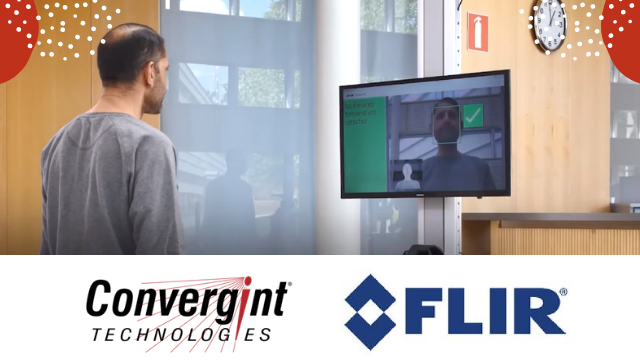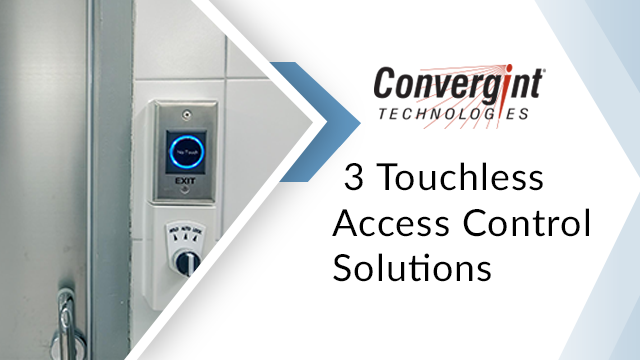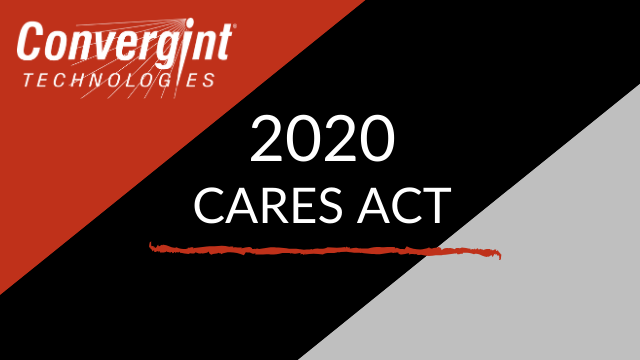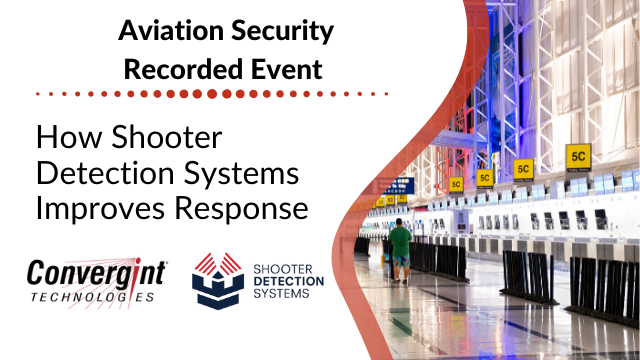As companies continue to develop their return-to-work strategies, many are considering thermal imaging cameras as a way to screen employees, visitors, and contractors before entry. Earlier this year, Convergint joined together with FLIR for a recorded discussion on thermal technology, including some common misconceptions and how to decipher facts from fiction with regard to thermal cameras.
In the below video, Doug Greenwald from Convergint and Matt Strautman from FLIR return for part 2 of this discussion to give an update on the use of thermal cameras for elevated skin temperature.
As with many aspects of the current environment, there is a lot of misinformation circulating, and there are bad actors trying to capitalize on the crisis situation. Companies that are interested in evaluating thermal imaging cameras must proceed with caution and have a very tight scope-of-work defined. The supply chain for thermal imaging sensors is stretched very thin with extended lead times that are changing daily. In addition to thermal imaging solutions, companies should consider alternative COVID-19 risk mitigation actions, including changes to policies and procedures, using access control to track potential COVID-19 exposure, monitoring and managing workforce health, and using remote tools to manage vacant facilities. It’s imperative organizations have the right counsel to navigate solutions available and determine the best application to fit the various environments and applications.
For more videos on safety and security solutions that can be used to reduce COVID-19 exposure, visit and subscribe to Convergint’s YouTube channel.







